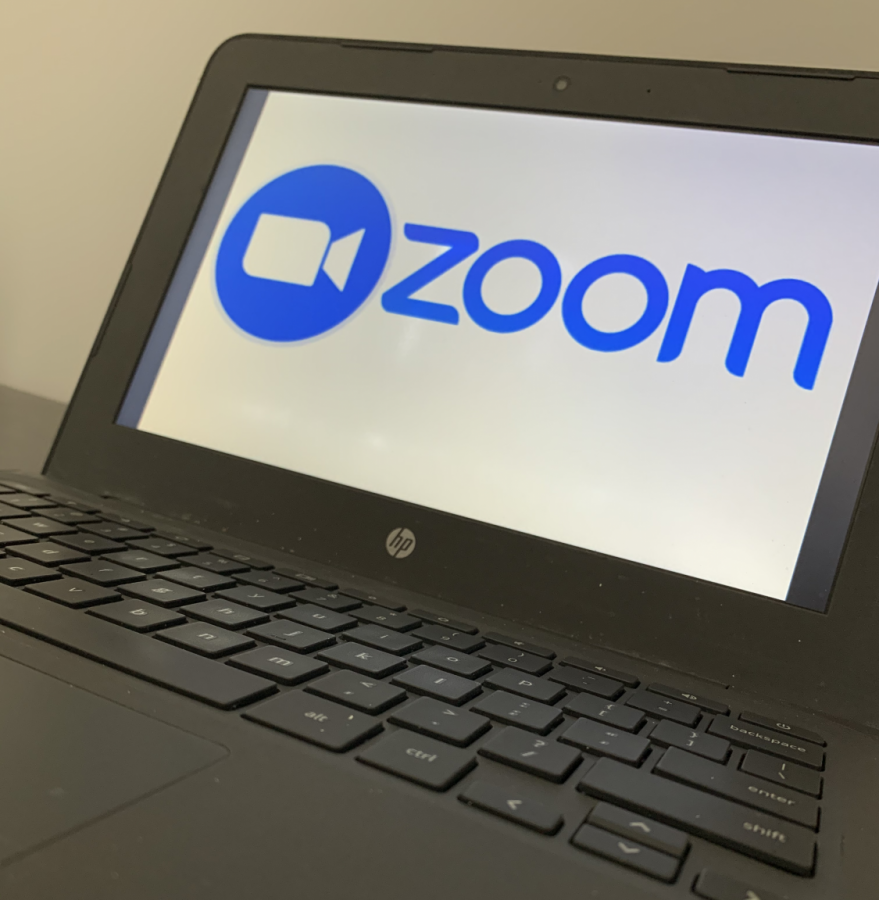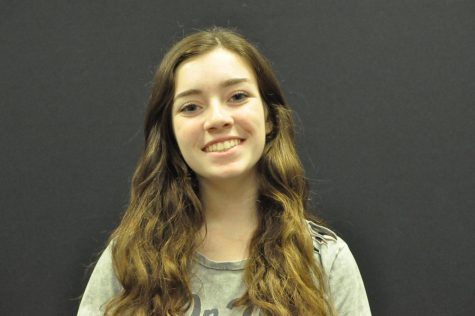Is Zoom really the best option?
April 26, 2020
From the comfort of her pajamas, in the warmth of her own basement, sophomore Ally Braaten is able to simply turn on her Chromebook’s webcam and be immersed in a classroom setting. With essentially being trapped in their houses, students and teachers alike have to find ways to go on with their lives, to keep learning and communicating. For District 158 schools, and a majority of schools and universities across the country, Zoom is the answer.
“I have had to use Zoom with some of my classes and it has been nice to see some familiar faces and my teachers again. I do miss being at school, so Zoom at least helps bring us together,” Braaten said.
With the ability to mute and unmute, display video, a whiteboard, and a grid screen function for numerous students’ faces to appear onscreen at once, Zoom has many appealing features that allow for a connection between students and teachers. Many teachers have thoroughly implemented Zoom into their schedules to be able to communicate with and direct their students so the last few months of the school year are fully optimized.
“From a teacher perspective, I think the features are great. The chat ability to ask questions and the ability to see faces and engage with students is much better than just email or a phone call. It really does allow us to connect and it reminds me how much I miss everybody,” math teacher Anne Price said.
With this quarantine’s end moving further and further away, and the rest of the school year to be done from home, it is more important than ever that all tools are utilized and that both students and teachers buckle down. Many have acclimated very well, and through the use of Haiku, video lessons, and Zoom meetings, they are finishing the semester strong.
“Zoom has helped me have a better communication system with my teachers; I understand so much more when I get help from them on video rather than going back and forth on email,” freshman Madeline Pomis said.
Video chats and lessons are an excellent resource with teachers offering Zoom meetings to provide extra help or remedial opportunities. They are helping to ensure the best success for students during this trying time. Plus, Zoom is utilized by many teens as a way to communicate with their friends and find a way to continue living beyond the walls of their home.
However, like with all technology, Zoom definitely has its downfalls. There are many cases where the audio cuts out, students’ videos cease to work, glitches and poor video quality make the lessons choppy and difficult to understand, or occasions where a user is simply kicked out for no good reason. Like with everything else, there are definitely negatives and while these are fixable, time is of the essence.
“Within the recent weeks of being out of school, the connection of Zoom has not been very great. Calls are sometimes cut or the Wi-Fi goes [out] and you miss half of the instructions your teacher just gave,” junior Kaitlyn Ignarski said.
With the good comes the bad, and though Zoom is not the only option, it seems to be the best available. Though similar, it has been found that Google Meet does not have the same flexibility from a teaching standpoint that Zoom does.
“Of course, like all things with technology, there are times when Zoom is great, and there are other times when connectivity is poor and I have experienced this. Zoom allows me to have more control over settings and privacy than Google Meets,” Spanish teacher Amanda Robles said.
So, with limited options, students and teachers must make do with its flaws and embrace Zoom and all of the good that it does for this community. Because not only are junior high and high schoolers benefitting from Zoom chats but so are the young elementary kids.
“My first grader’s teacher did a scavenger hunt and read a nighttime story to her. I think the young students really, really benefit from seeing their teacher’s face and encouraging that even though things are different they are still here for them,” Price said.
And that is the whole point, isn’t it? We are all here for each other.



